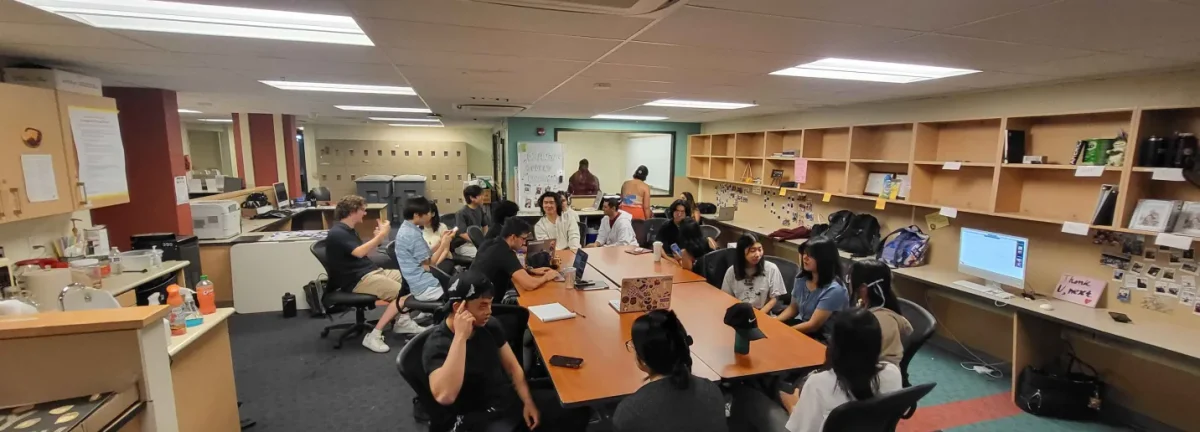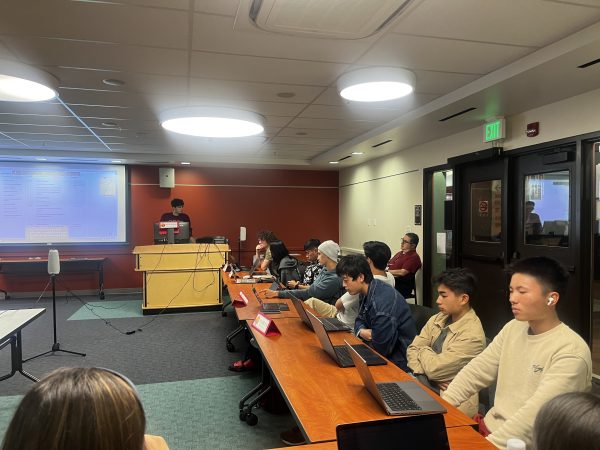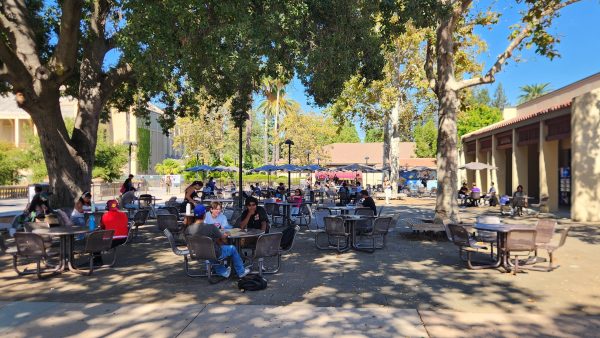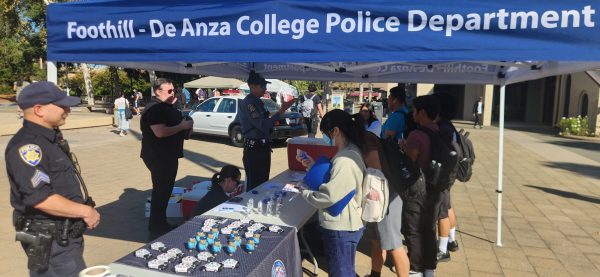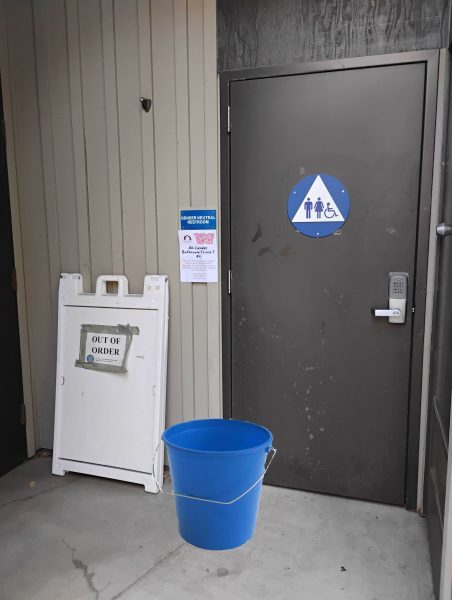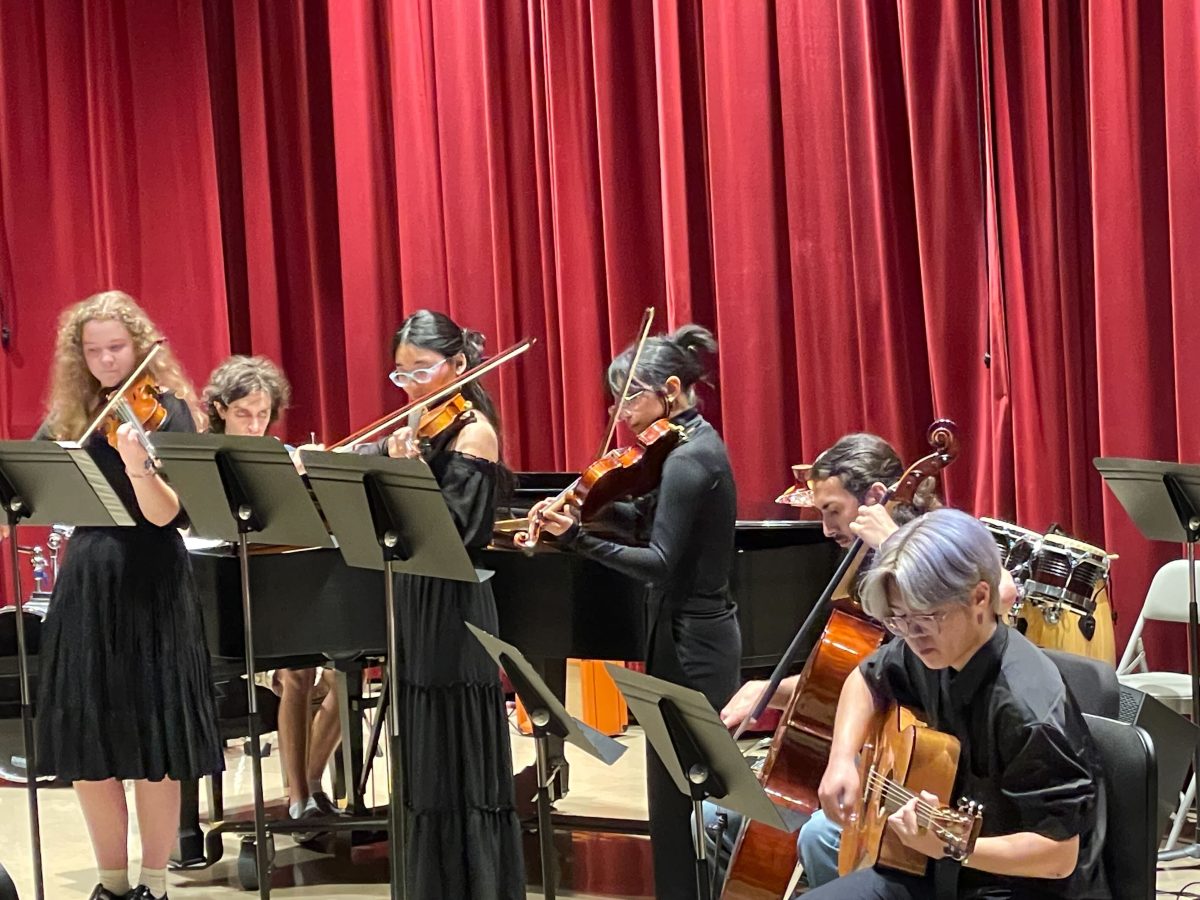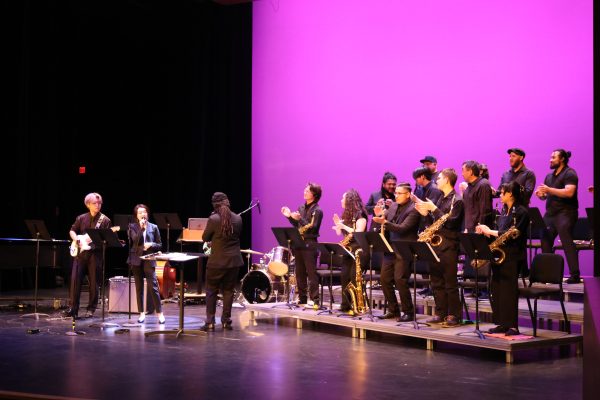Ghost students create rigged system for community colleges
June 27, 2023
In communities where school is a place for students to flourish and have access to resources when necessary, it is unsettling to think that 20% of California’s community college applications are fraudulent.
These fake applicants are called “ghost students” because they pose as students, going as far to steal names and phone numbers from complete strangers to get into community college classes and taking advantage of financial aid benefits.
When classes were pushed online during the pandemic, a surge of ghost students were granted access to more than $60,000, said the California student aid official Patrick Perry. All of these “students” were over the age of 30 and were searching for two-year degrees.
It was no surprise that such individuals were able to get away with criminal activity. According to the Washington Examiner, “California does not require community college applicants to have a Social Security number and applicants can create an online student profile just by checking a few boxes and entering a name. They don’t even need an address.”
The U.S. Department of Education even halted the verification of family income during the pandemic, allowing applications to slip through. Such faults in college security systems are precisely what makes it easier for ghost students to steal money.
Community colleges in Cerritos, Pasadena, Chaffey, Merced and Antelope Valley were hit the hardest by ghost applications. According to the Los Angeles Times, “Statewide, the top three targets were Cerritos College with 7,452 applicants, Pasadena City College with 4,725 and Chaffey College in Rancho Cucamonga with 3,847.”
So the question is, how can community colleges determine real students from the ghosts?
The answer lies within the security system of the colleges, and the precautions that must be taken to allow real students to enroll in classes with needed financial support. To remove these unwanted bots, a few steps must be taken.
One of these steps is to keep an eye out for suspicious activity. Kim Rich, a criminal justice professor at L.A. Pierce College, said she looks for sequential ID numbers, unusual emails and students who seem much older than her usual bunch.
Although security measures like this can be taken to limit ghost students, it cannot stop it entirely. In an article by the San Francisco Chronicle, “One department eliminated 80 ghost students, only to have 80 more show up within an hour, she told the trustees in February.”
Now that the consistent flow of ghost students proves harder to prevent, community college systems should take new measures to keep information safe and ensure true students receive the benefits they deserve.
Community colleges and instructors must implement new protocols to monitor engagement. Removing students who have no engagement in the enrolled courses, especially within the first week or two, allows for real students to have access to both the courses and financial resources necessary to their educational success.
Only with increased security measures and such precautionary steps can community colleges continue to rightfully remain a place for true student growth, support and preparation for the future.











